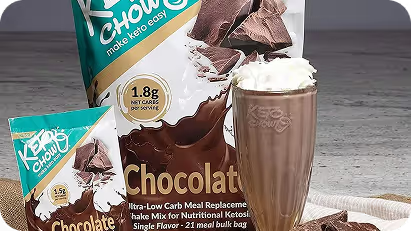From Data to Insights: Using Cohort Analysis in D2C Subscriptions for Growth (2024 Update)
Importance of Cohort Analysis
In the dynamic and competitive world of subscription-first D2C businesses, understanding customer behavior and engagement patterns is crucial for sustainable growth.
At Loop Subscriptions, we rely heavily on cohort analysis to share growth strategies with our brands. It is a framework that groups subscribers based on their start dates, and reveals patterns of three critical metrics:
- Subscriber retention (Details below)
- Order retention- Order retention tracks the frequency and consistency of orders from subscribers
- Revenue retention- Measures the monetary value retained from the original cohort. Also factors in upselling, cross-selling, and churn

Subscriber retention is at the heart of cohort analysis
It measures the proportion of customers who maintain their subscriptions after their initial sign-up, directly reflecting the product’s relevance, effectiveness, and value.
The trends between Month 0 and Month X offer insights into customer satisfaction and product effectiveness.
Cohort Analysis Across Different Time Periods
Understanding customer behavior and subscription dynamics through various time frames, such as 3, 6, 12 months, and year-to-date, provides insights into both short-term and long-term customer engagement.
| 3 Months | 6 Months | 12 Months | Year to Date | |
|---|---|---|---|---|
| Insights / How to use | Focusing on the immediate impact of marketing campaigns, product changes, or significant short-term actions, this analysis is particularly useful for evaluating initial customer satisfaction and product-market fit (in case of a new product launch) | Essential for understanding medium-term retention trends, this analysis helps in strategy adjustment. | Longer-term perspective is crucial for identifying seasonal patterns in subscriber behaviour | Year-to-date analysis sheds light on the business's performance within the current year, aiding in annual planning and understanding the effects of recent market changes or your brand strategies |
Sample Cohort Analysis of a Typical Loop Subscriptions' Merchant
Here is a screenshot of 6-month cohort analysis of one of our merchants
- D2C Revenue: 8-figure supplements
- Target Group: Women, 50-60 Yrs
- Product Benefit: Helps women struggling with menopause & weight management
Here is how Loop CSM team analyses this data and works with the marketing and product teams of our merchants to come up with insights
(** The following screenshots may or may not be from the same D2C brand. The important part is the process for deriving insights from the cohort analysis)

High retention rates in the initial months (Month 0–3)
The high retention rates in the sample cohort analysis shared above indicates effectiveness of the product and how quickly the product addresses the issues of their target audience.
Positive subscription reviews also help in contextualising this trend. When a subscriber experiences product satisfaction, they are more likely to continue with the subscription and also leave positive feedback of their experience**

This retention pattern also shows the effectiveness of their new subscriber onboarding process.
Brands must constantly improve their onboarding process with clear communication about product benefits and usage- Ensures high customer satisfaction during the initial period of subscription. **

They also invest in subscription gamification by surprising customers with free gifts or discounted products in the subsequent orders. Gamification helps in ensuring low churn rates right from the beginning of the customer journey.
See how 2500+ brands gamify subscriptions on Loop.

Gradual increase in churn in later months (Month 4–5)
This pattern usually suggests that the natural lifecycle of their product’s usage is coming to an end. Our inbuilt advanced cancellation analytics dashboard is connected to our subscription cohort analysis and explain the reason behind the low retention rates
Here is a pivot table of number of subscription orders completed before cancellation and the cancellation reason (in-built inside Loop). Since subscribers already have enough product in stock and don't want anymore, they cancel the subscription and share the reason behind cancellation through an exit-survey.

In order to tackle this, brands must start investing in long-term subscriber engagement (>4 months) strategies. Some of the popular long-term engagement strategies within our merchant base include:
- Regular customer feedback through surveys
- Personalized offers & gamification powered by Loop Flows
- Product benefit reminders inside upcoming order notifications or marketing apps
- Cross-selling other products at a discounted price
- Giving complimentary products as a gift or free of cost in on-going subscriptions.
Cohort analysis is more than just a set of metrics
This is a critical tool for strategic decision-making in subscription-first businesses.
By understanding and analyzing retention patterns across various time frames, subscription businesses can gain a holistic view of their performance, adapt to changing customer needs, and ensure long-term success in a competitive marketplace.
Table of contents























.png)







.png)







































